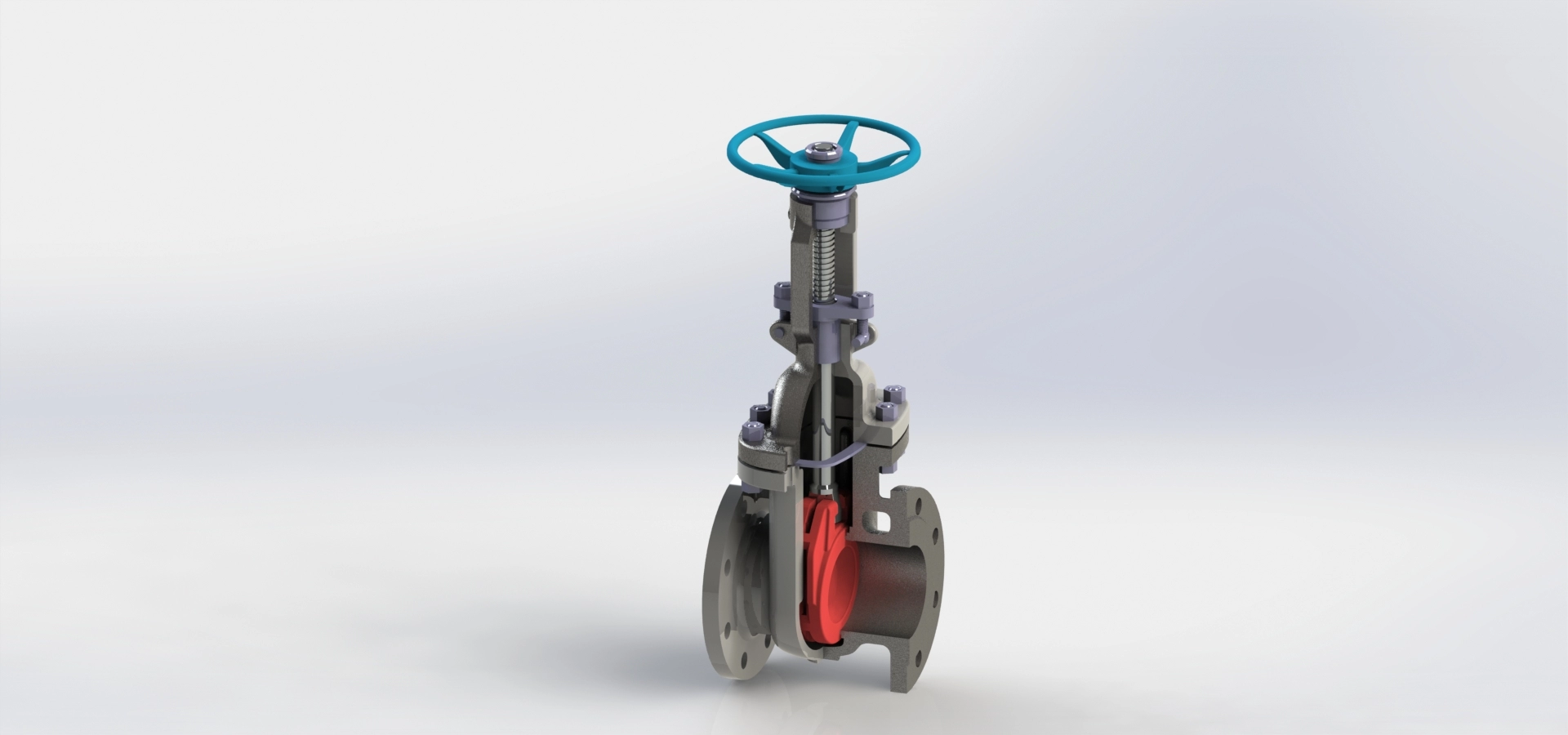Several major performance considerations for valve procurement
Valve strength performance refers to the ability of a valve to withstand the medium pressure. A valve is a mechanical product under internal pressure and must be strong and stiff enough to last long without rupture or deformation.
Sealing performance:
Valve sealing performance refers to the ability of the sealing parts of the valve to prevent medium leakage, it is one of the most important technical performance indicators of the valve. There are three sealing parts of the valve: the contact between the opening and closing parts and the two sealing surfaces of the valve seat; the joint of the packing with the stem and the stuffing box. The leak in the first place is called an internal leak, which is commonly referred to as loose closure and affects the valve's ability to cut off the medium. For shut-off valves, internal leakage is not allowed. The latter two leaks are called external leakage, that is, the medium leaks from the inside to the outside of the valve. External leakage will cause material loss, environmental pollution, and even cause accidents in serious cases. For flammable, explosive, toxic or radioactive media, leakage is not allowed, so the valve must have a reliable sealing performance.
Flow medium:
The medium flowing through the valve will produce a pressure loss ( pressure difference), that is, the valve has a certain resistance to the flow of the medium, and the medium to overcome the resistance of the valve will consume a certain amount of energy. In terms of energy saving, the design and manufacture of the valve should reduce the resistance of the valve to the flow medium as much as possible.
Opening and closing force and torque:
Opening and closing force and torque refer to the force or torque that must be applied to open or close the valve. When closing the valve, it is not only necessary to form a certain sealing specific pressure between the opening and closing part and the sealing surface of the valve seat, but also to overcome the friction between stem and packing, stem and threads of the nut, valve rod end and other parts, and therefore must exert closing force and torque. In the process of opening and closing, the required opening and closing force and torque are changed. And the maximum value is at the end transient of closing or the initial transient of opening. Valves should be designed and manufactured to minimize closing forces and torque.
Opening and closing speed:
The speed of opening and closing is expressed as the time required for the valve to complete a single open or close operation. Generally, there is no strict requirement for the opening and closing speed of the valve, but some working conditions have special requirements for the opening and closing speed, such as some requirements for quick opening or closing to prevent accidents, some for slow closing to prevent water hammer, etc. , which should be considered when selecting the valve type.
Operating sensitivity and reliability:
This refers to the valve medium parameters change, make the corresponding response to the sensitivity. For throttle valves, pressure reducing valves, regulating valves and other valves used to adjust medium parameters and safety valves, traps and other valves with specific functions, the functional sensitivity and reliability are very important technical performance indicators.
Service life:
It represents the durability of the valve, is an important performance index of the valve, and has great economic significance. Usually, it is indicated by the number of opening and closing times that can ensure the sealing performance, or just by the use of time.
